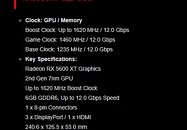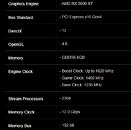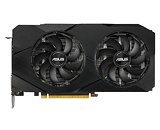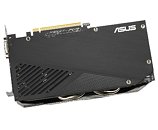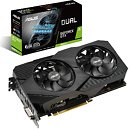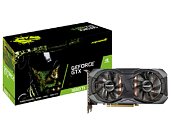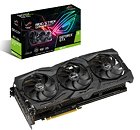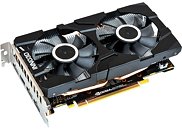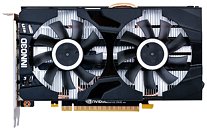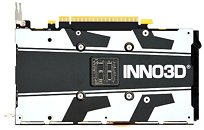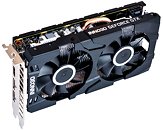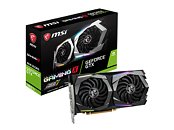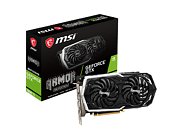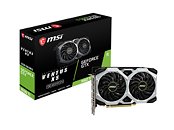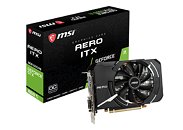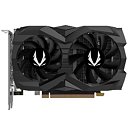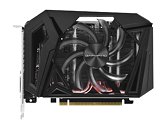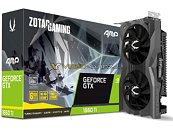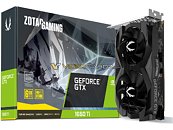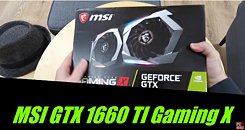PSA: Alan Wake II Runs on Older GPUs, Mesh Shaders not Required
"Alan Wake II," released earlier this week, is the latest third person action adventure loaded with psychological thriller elements that call back to some of the best works of Remedy Entertainment, including "Control," "Max Payne 2," and "Alan Wake." It's also a visual feast as our performance review of the game should show you, leveraging the full spectrum of the DirectX 12 Ultimate feature-set. In the run up to the release, when Remedy put out the system requirements lists for "Alan Wake II" with clear segregation for experiences with ray tracing and without; what wasn't clear was just how much the game depended on hardware support for mesh shaders, which is why its bare minimum list called for at least an NVIDIA RTX 2060 "Turing," or at least an AMD RX 6600 XT RDNA2, both of which are DirectX 12 Ultimate GPUs with hardware mesh shaders support.
There was some confusion among gaming online forums over the requirement for hardware mesh shaders. Many people assumed that the game will not work on GPUs without mesh shader support, locking out lots of gamers. Through the course of our testing for our performance review, we learned that while it is true that "Alan Wake II" relies on hardware support for mesh shaders, the lack of this does not break gameplay. You will, however, pay a heavy performance penalty on GPUs that lack hardware mesh shader support. On such GPUs, the game is designed to show users a warning dialog box that their GPU lacks mesh shader support (screenshot below), but you can choose to ignore this warning, and go ahead to play the game. The game considers mesh shaders a "recommended GPU feature," and not a requirement. Without mesh shaders, you can expect a severe performance loss that is best illustrated with the AMD Radeon RX 5700 XT based on the RDNA architecture, which lacks hardware mesh shaders.
There was some confusion among gaming online forums over the requirement for hardware mesh shaders. Many people assumed that the game will not work on GPUs without mesh shader support, locking out lots of gamers. Through the course of our testing for our performance review, we learned that while it is true that "Alan Wake II" relies on hardware support for mesh shaders, the lack of this does not break gameplay. You will, however, pay a heavy performance penalty on GPUs that lack hardware mesh shader support. On such GPUs, the game is designed to show users a warning dialog box that their GPU lacks mesh shader support (screenshot below), but you can choose to ignore this warning, and go ahead to play the game. The game considers mesh shaders a "recommended GPU feature," and not a requirement. Without mesh shaders, you can expect a severe performance loss that is best illustrated with the AMD Radeon RX 5700 XT based on the RDNA architecture, which lacks hardware mesh shaders.










